What is the working process of the metric sleeve anchor expansion mechanism
2025-06-03Metric Sleeve Anchor is a common mechanical anchor used in construction and industrial installations. Its expansion mechanism achieves safe and efficient anchoring connection in concrete, masonry and other substrates through physical deformation and mechanical bite. The working process of the expansion mechanism is directly related to the bearing capacity, durability and construction performance of the anchor.
Pre-installation preparation
The working process of the expansion mechanism begins with the pretreatment stage of the foundation. First, the construction personnel need to drill holes on the surface of the substrate according to the anchor specifications. The hole diameter is usually 1 to 2 mm larger than the anchor diameter to facilitate the insertion of the anchor assembly. The drilling depth should not be less than the anchoring depth requirement, and is usually slightly larger than the full length of the anchor to ensure that the tapered wedge has enough room to move during the anchoring process. The hole wall should be cleaned to remove debris and dust to avoid affecting the anchoring effect.
Anchor insertion process
The anchor consists of a screw, an expansion sleeve, a tapered wedge, a washer and a nut. During installation, the complete anchor assembly is inserted into the substrate along the hole. The expansion sleeve is completely inserted into the hole, the cone head is close to the bottom of the hole, and the threaded part of the screw is left outside for subsequent connection of components.
During the insertion process, attention should be paid to the verticality of the anchor bolt to avoid uneven expansion caused by deflection. Some high-performance sleeves are equipped with anti-slip teeth or ridges on the surface, which can enhance the anti-rotation ability of the anchor during the insertion process and prevent the anchor bolt from rotating with the nut during installation.
Applying preload
The nut is tightened by an external tool (such as a torque wrench), and the nut applies axial tension to the screw. Since the conical wedge head is located at the end of the screw and is blocked by the bottom of the hole, it cannot move up with the screw. At this time, relative movement occurs, the screw is pulled up, and the cone head is forced to wedge into the inner cavity of the expansion sleeve.
The cone angle structure design of the cone head enables it to push the expansion sleeve from the inside under the action of axial force, generating radial expansion force. The expansion part of the sleeve is usually designed with multiple longitudinal openings or slits, which are convenient for gradual opening under the extrusion of the cone head.
Sleeve expansion locking
After the cone head enters the expansion sleeve, the outer wall of the sleeve is forced to expand outward and form a close contact with the hole wall of the substrate. This contact is not only a physical fit, but also accompanied by significant friction and some mechanical bite.
Some high-end sleeves have rough textures or hardened edges on the surface, which can be embedded in the microporous structure of concrete during the expansion process, thus forming a semi-permanent mechanical lock. At this stage, the anchor bolt completes the initial anchoring.
The anchoring effect is closely related to the tightening torque. Standard installation specifications usually stipulate that a specific torque value should be applied to achieve the best expansion state, which not only ensures the anchoring force, but also avoids excessive tightening that may cause the substrate to crack or damage the anchor bolt.
Forming a stable anchoring force
After the expansion is completed, a triple anchoring mechanism is formed between the anchor bolt and the substrate:
Mechanical wedging action
The axial prestress is continuously maintained between the cone head and the sleeve to ensure that the sleeve is in an expanded state to prevent retraction.
Friction locking action
The high friction generated between the outer wall of the sleeve and the hole wall of the substrate is sufficient to resist the pull-out force and vibration disturbance caused by the structural load.
Bite connection action
The irregular structure on the surface of the sleeve is embedded in the microstructure of the hole wall during the expansion process, further enhancing the anchoring firmness.
This anchoring mechanism can effectively resist pull-out and shear forces and is suitable for various working conditions such as static loads, dynamic loads, and mild vibrations.




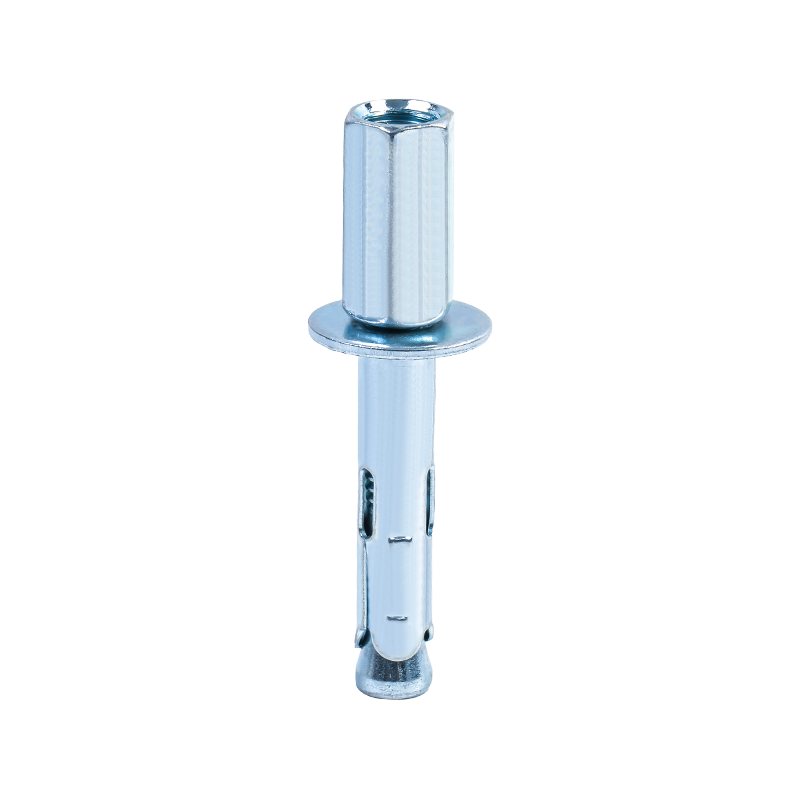
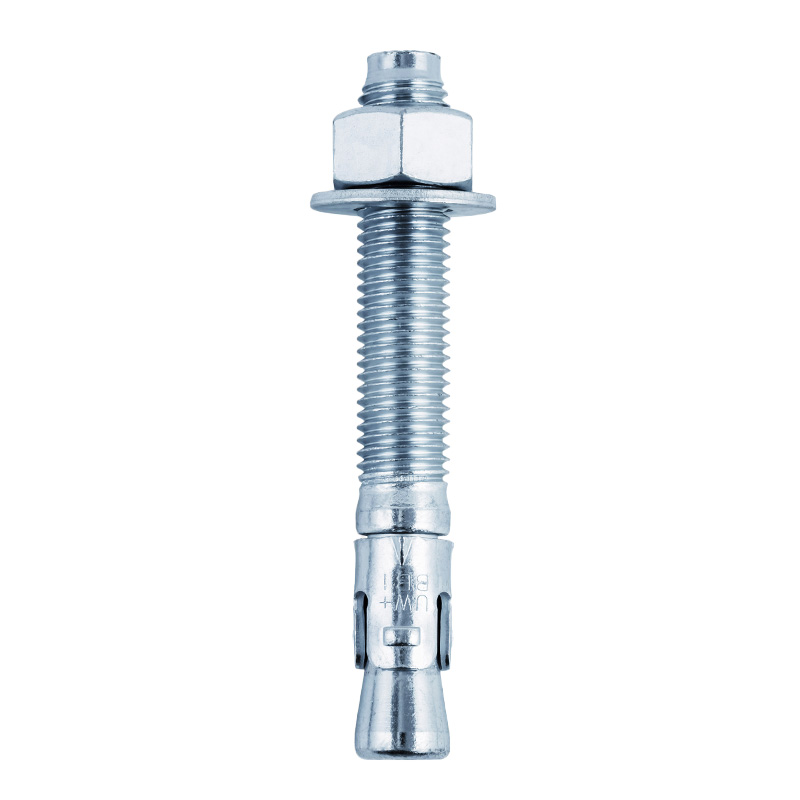
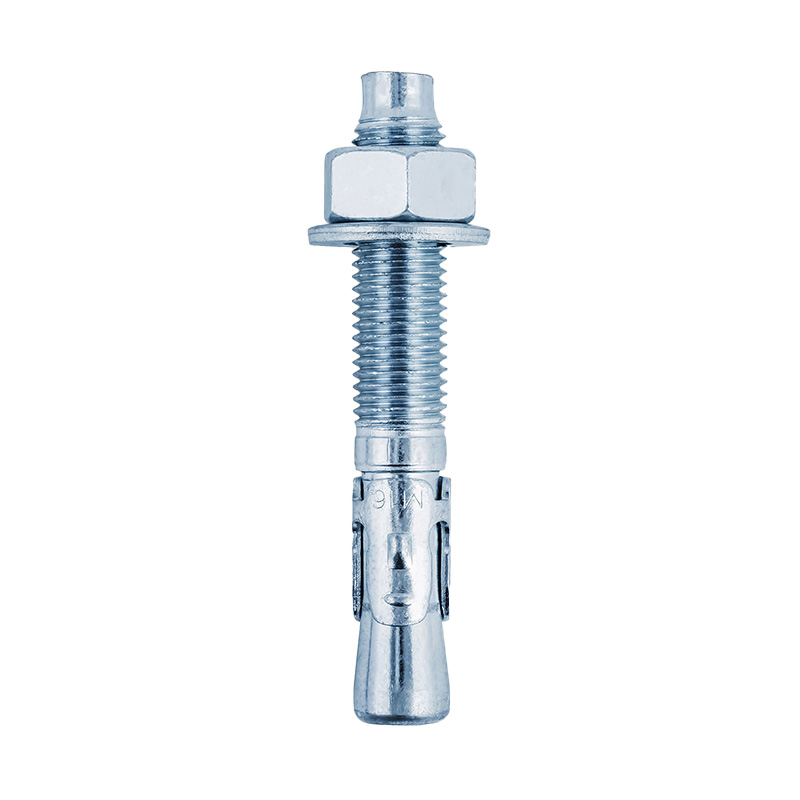
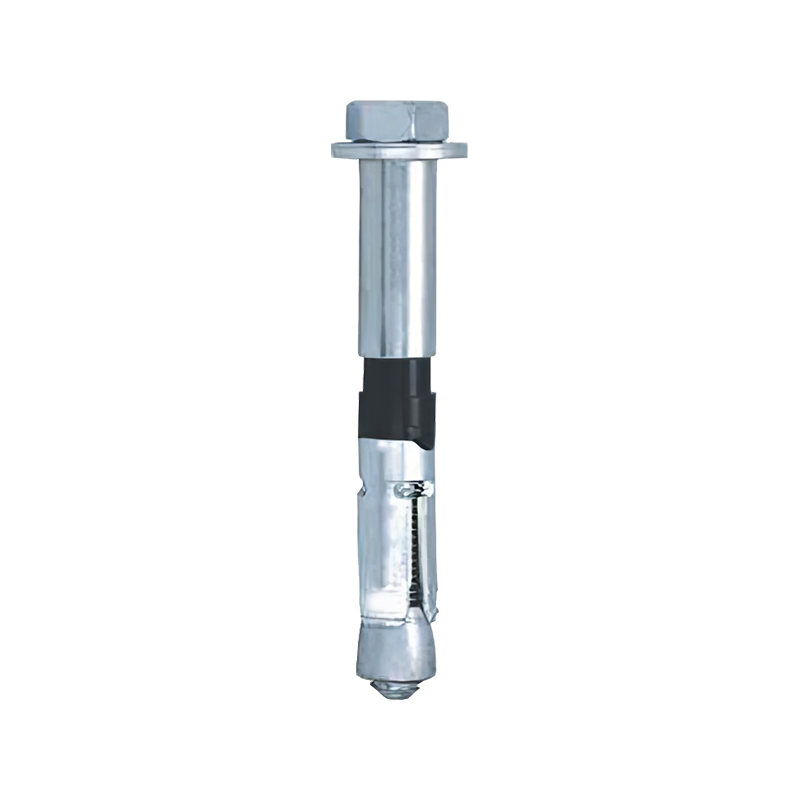
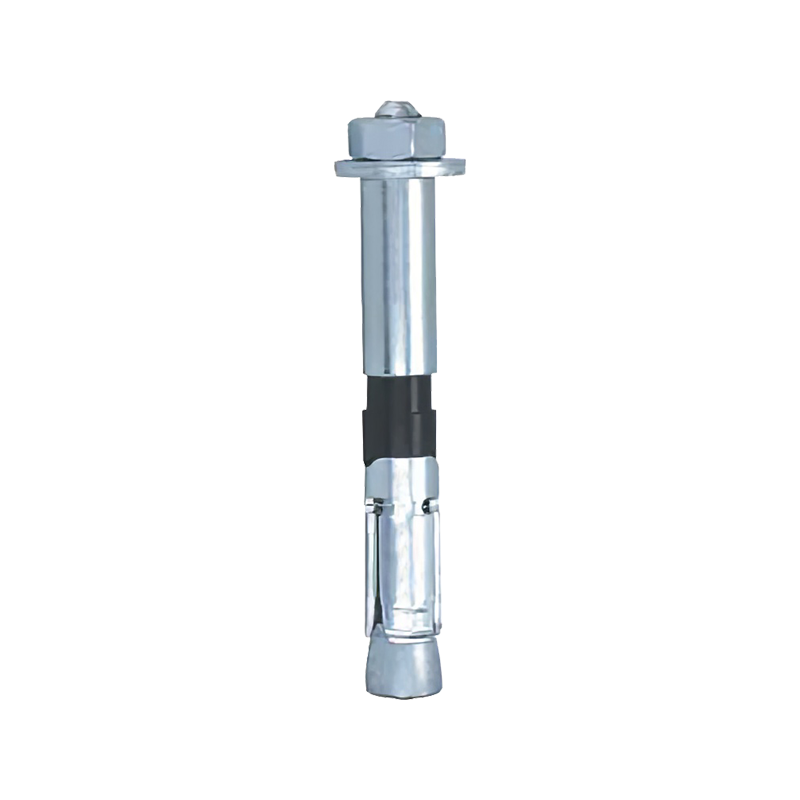
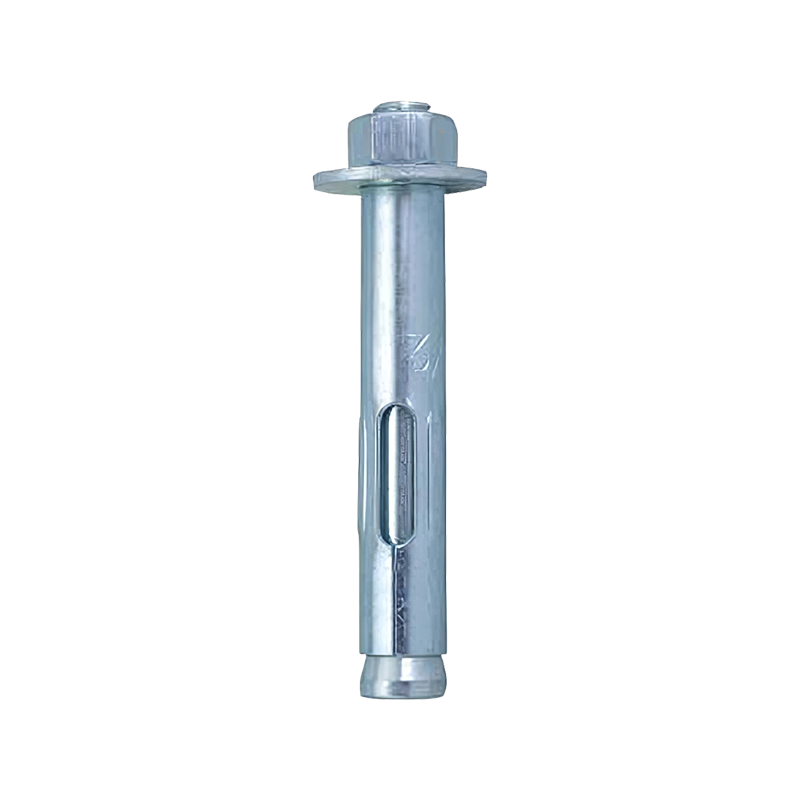
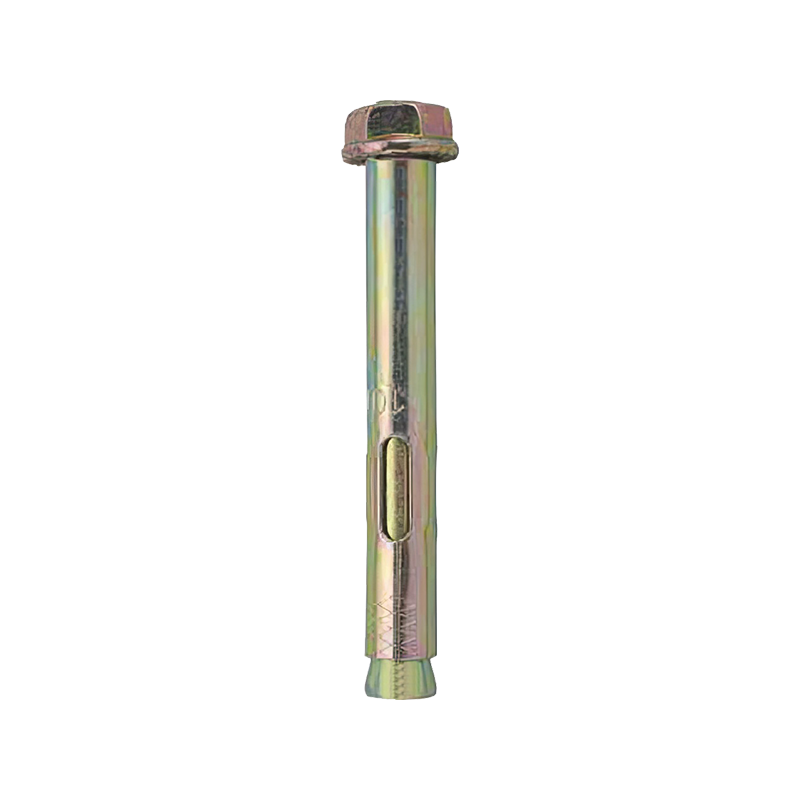

Contact Us